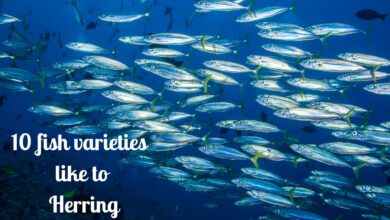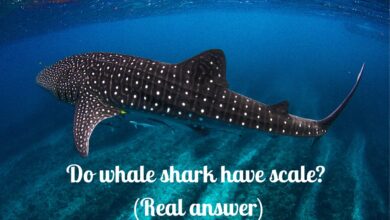How do dolphins communicate?
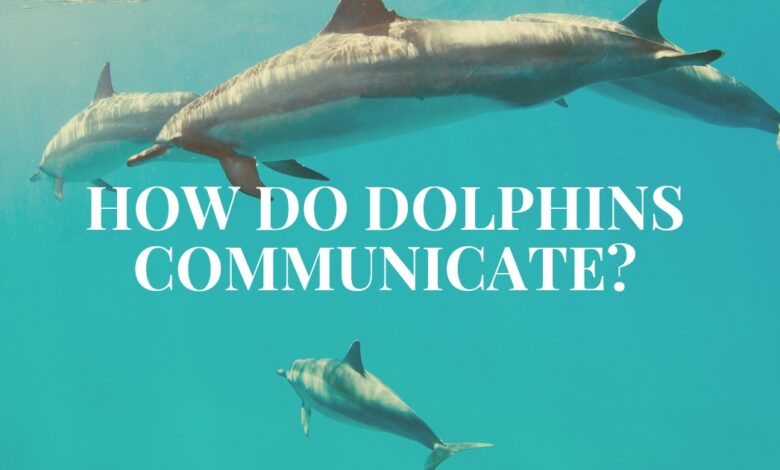
How do dolphins communicate?
Dolphins, known for their intelligence and sociability, employ a sophisticated array of communication methods. These marine mammals engage in intricate vocalizations, body language, and even echolocation to convey information within their social groups.
Understanding how dolphins communicate provides insights into their social structures, navigation, and cooperative behaviors. Explore the intriguing world of dolphin communication, where clicks, whistles, and physical gestures play crucial roles in their oceanic interactions.
What methods do dolphins use for communication?
Dolphins employ various methods for communication, showcasing their remarkable social intelligence. They communicate through a diverse range of vocalizations, including clicks, whistles, and pulsed sounds.
Each dolphin has a unique signature whistle, serving as a form of individual identification within their pod. Additionally, dolphins use body language, such as leaping, slapping the water, and fin displays, to convey emotions and intentions.
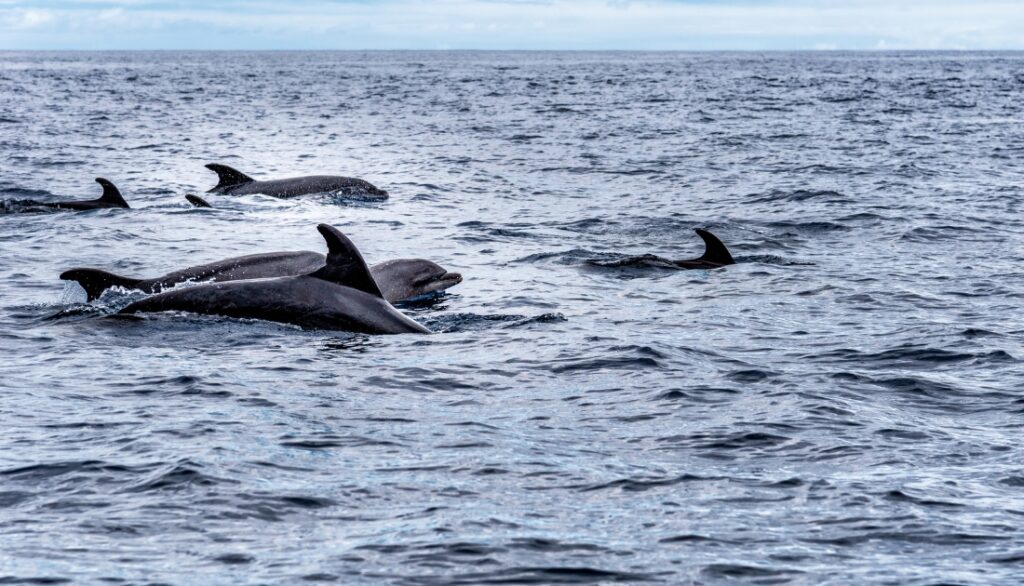
Echolocation, a sophisticated sonar-like system, aids in navigating and locating prey. The intricate combination of these communication methods contributes to the complex social dynamics and cooperation observed in dolphin communities.
While dolphins exhibit advanced communication skills, their language is not as complex as human languages. Dolphins convey a range of information through clicks, whistles, and body language, displaying a sophisticated means of expressing emotions, coordinating activities, and identifying individuals.
See Also: How do snakes shed their skin?
Can dolphins communicate with other marine species?
Dolphins are known to communicate not only with members of their own species but also with other marine species. They have been observed interacting with whales, porpoises, and even some species of sharks.
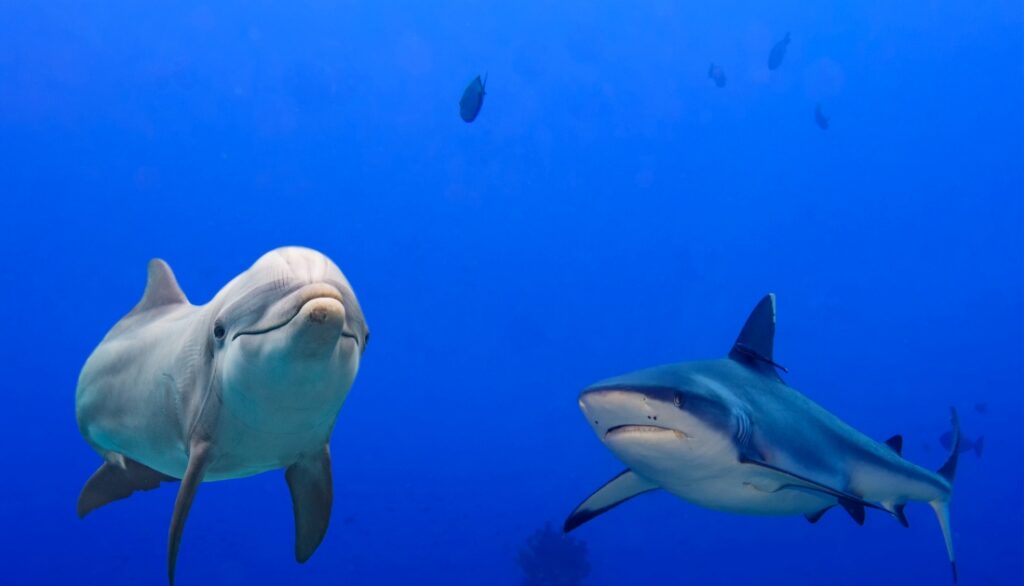
The communication may involve shared vocalizations or cooperative behaviors, highlighting the social and adaptable nature of dolphins in their marine environment. This inter-species communication can serve various purposes, from coordinating activities to conveying information about potential threats or resources in the ocean ecosystem.
Are there regional dialects among dolphin populations?
Yes, among dolphin populations, there is evidence of regional dialects or specific vocalizations that distinguish groups in different geographic locations. These dialects can develop within communities of dolphins, and individuals within the same group tend to share similar communication patterns.
These regional variations in dolphin vocalizations suggest a level of cultural diversity and social learning within different dolphin communities, similar to the way human languages exhibit regional differences.
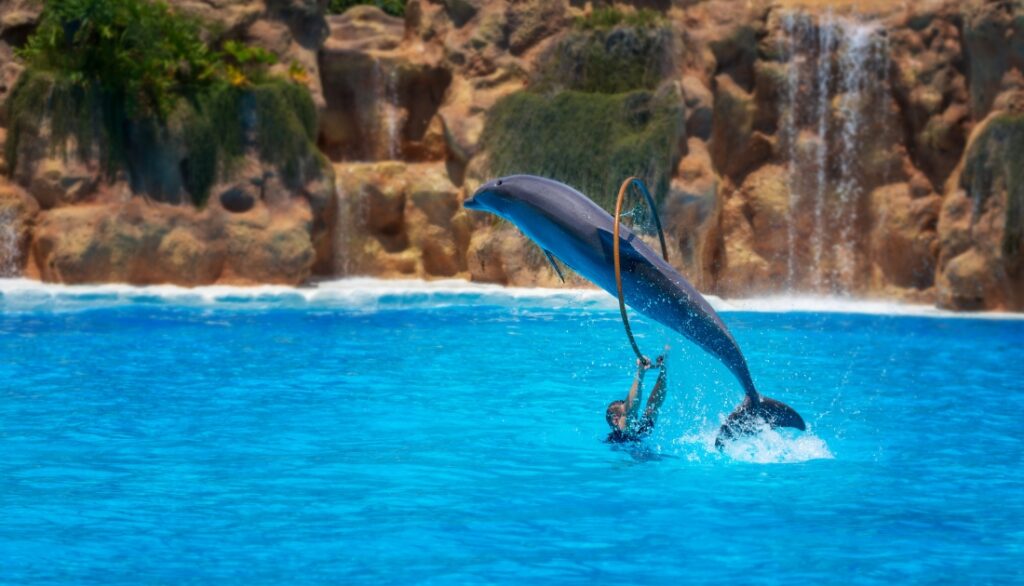
Do dolphins use vocalizations for social bonding?
Dolphins use vocalizations as a crucial aspect of their social interactions and bonding. They produce a variety of sounds, including clicks, whistles, and pulsed sounds, to communicate with other members of their pod.
These vocalizations play a significant role in maintaining social cohesion, coordinating group activities, and expressing emotions. Dolphins’ ability to recognize and respond to each other’s unique vocal signatures fosters strong social bonds within their pods.
Differences between wild and captive dolphins communication
Wild dolphins, having greater freedom of movement and varied environments, may use a broader range of natural sounds for communication, including echolocation for navigation and hunting. In contrast, captive dolphins may exhibit more repetitive or stereotyped vocalizations due to the limited and controlled surroundings of their enclosures.
The social dynamics and communication patterns in captivity can differ, influenced by the artificial nature of the environment. Additionally, the absence of natural stimuli in captivity might impact the complexity and richness of communication observed in wild dolphin populations.

